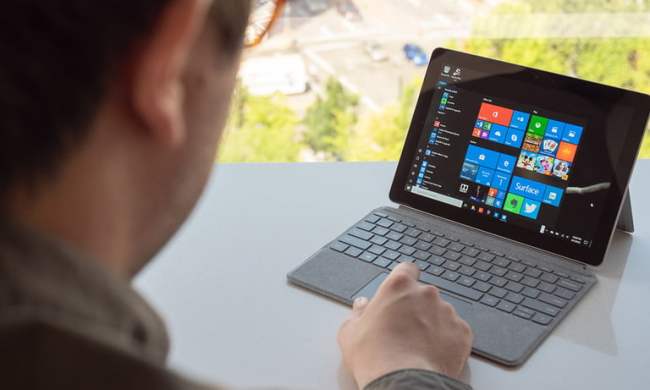
Such is the case with Windows 7 and 8.1, which are still receiving either extended or mainstream support from Microsoft and remain popular among Windows users. However, as some people are discovering, if you’re running a machine equipped with a newer CPU, then you’ll want to give more serious consideration to giving them up and finally making the move to Windows 10, as Ars Technica reports.
The reason is simple if still slightly hard to swallow for affected users — Microsoft considers the newest Intel and AMD processors to be “designed for the latest version of Windows,” which, of course, means Windows 10. Accordingly, the company announced in January 2016 that Windows 7 and 8.1 would stop receiving updates if they’re running on machines using Intel’s seventh-generation Core processors, also known as Kaby Lake, and AMD’s just-released Ryzen processors. Some systems using sixth-generation Intel Core processors, known as Skylake, also fall under the same policy.
Although Microsoft wasn’t precise on exactly when that policy would go into effect, we now know the answer to that question. As some users are discovering, Windows 7 or 8.1 systems built with Kaby Lake, Skylake, or Ryzen processors are generating pop-ups letting users know that those systems “will miss important security updates.”
The reason for the change is that Microsoft hasn’t verified that Windows 7 and 8.1 support all of the new capabilities of the newest processors, such as recent improvements in power management starting with Ryzen and Skylake processors. In addition, the new processors and their associated chipsets include other components, such as USB Type-C and NVMe, that may not have drivers for older operating systems.
Some original equipment manufacturers have undertaken the process of verifying that Windows 7 and 8.1 will run just fine on their Skylake-based systems, and so that’s why some Skylake systems support those operating systems and some don’t. But otherwise, all of Microsoft’s due diligence with the newest systems has been performed with Windows 10, and so this latest action is basically the company’s way of letting people know that they’ll want to make the upgrade sooner rather than later.
People have various reasons for staying on Windows 7 and 8.1. Larger organizations that have many systems to upgrade have delayed their Windows 10 upgrades due to cost and logistical concerns. Starting now, however, those users won’t have any choice in the matter — it’s upgrade to Windows 10, or risk running into security issues caused by an unpatched operating system.


